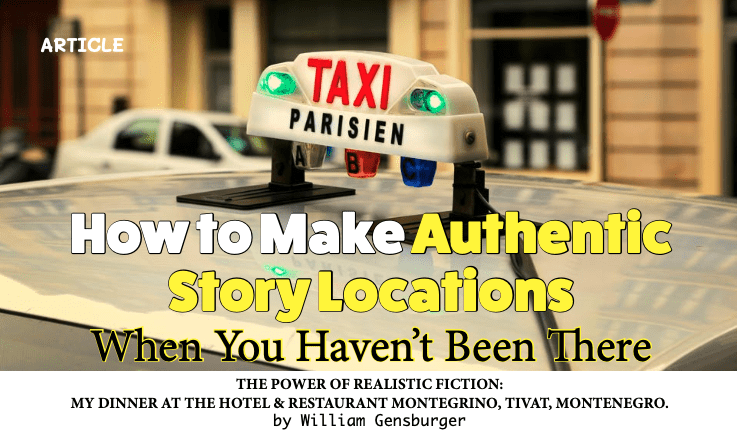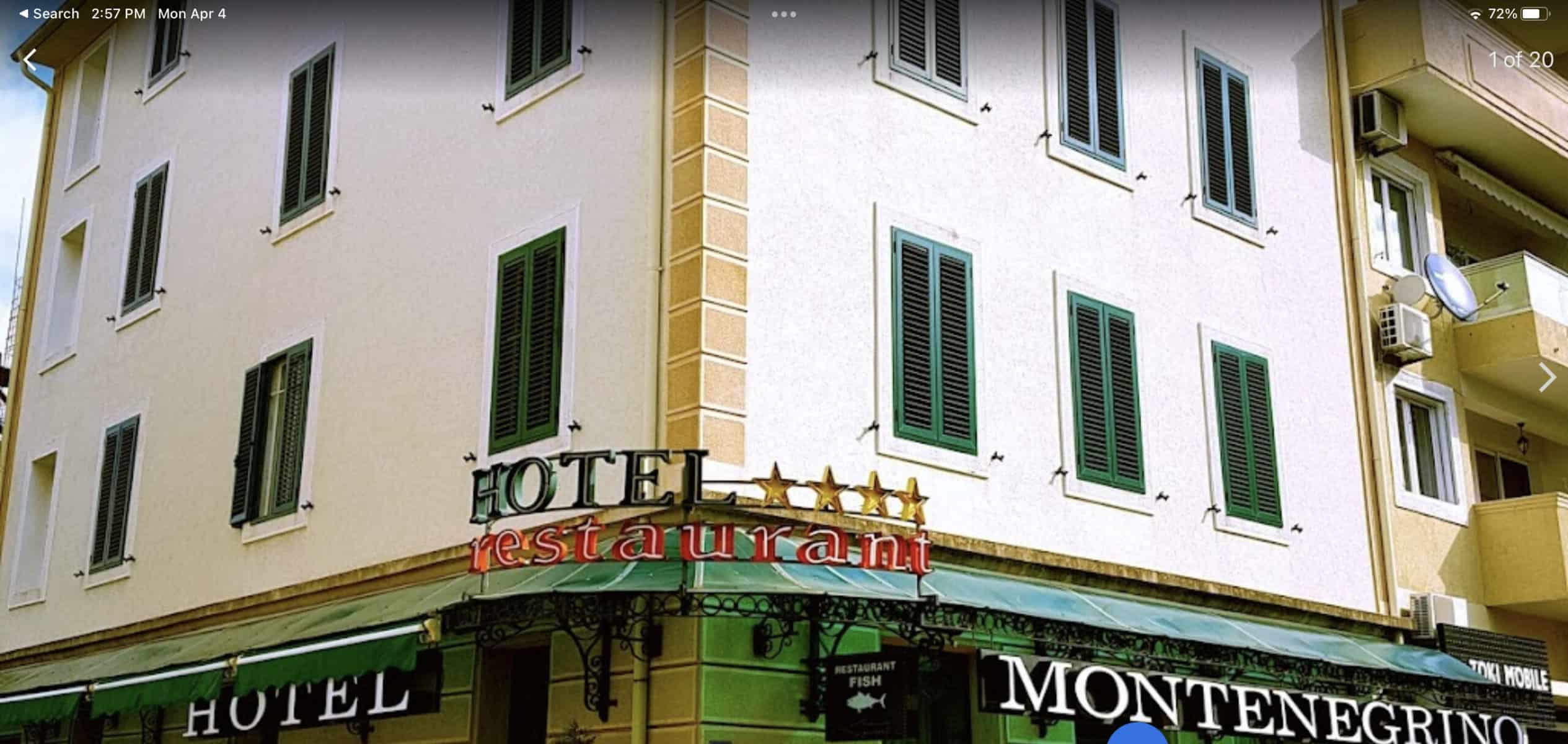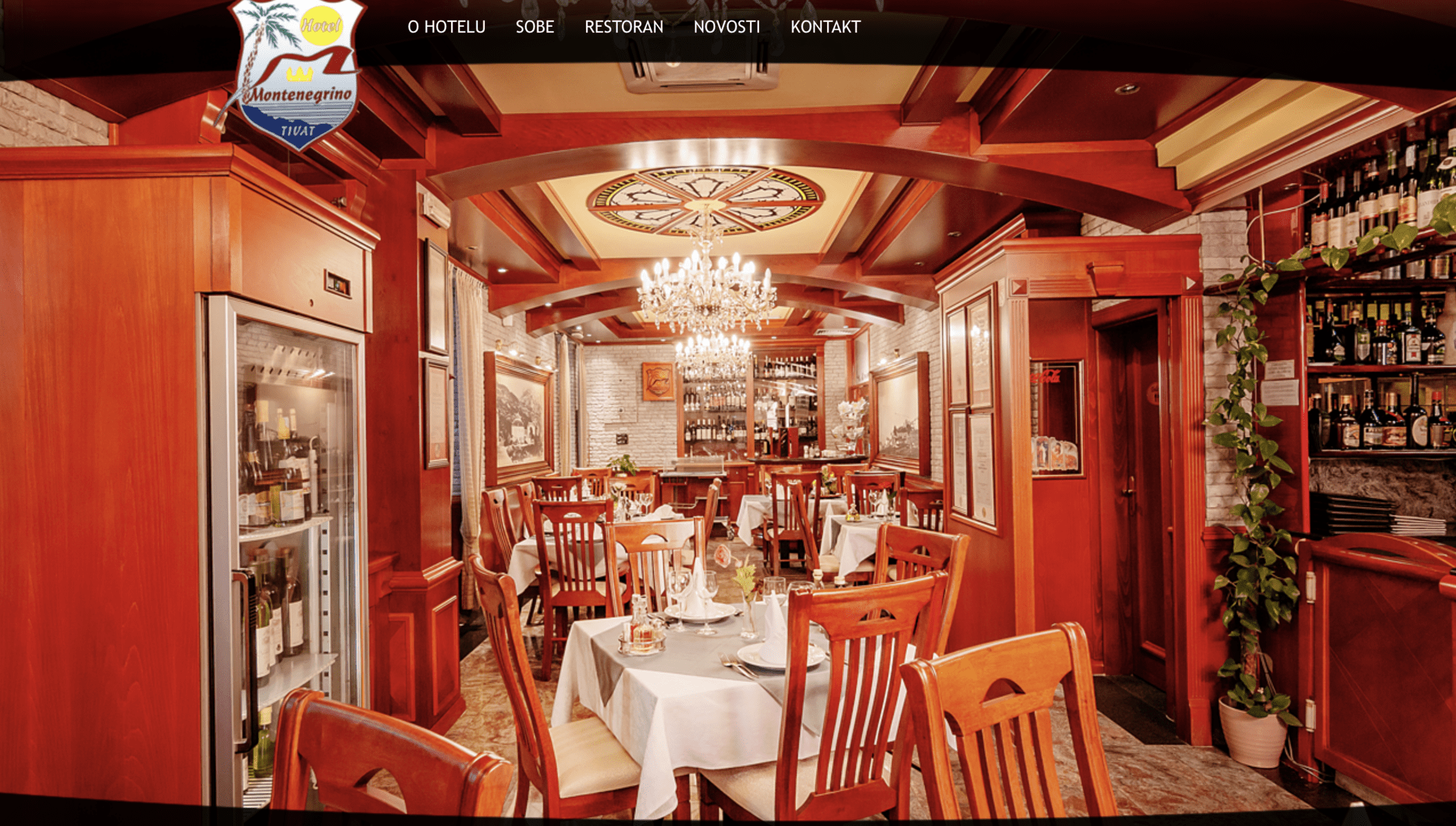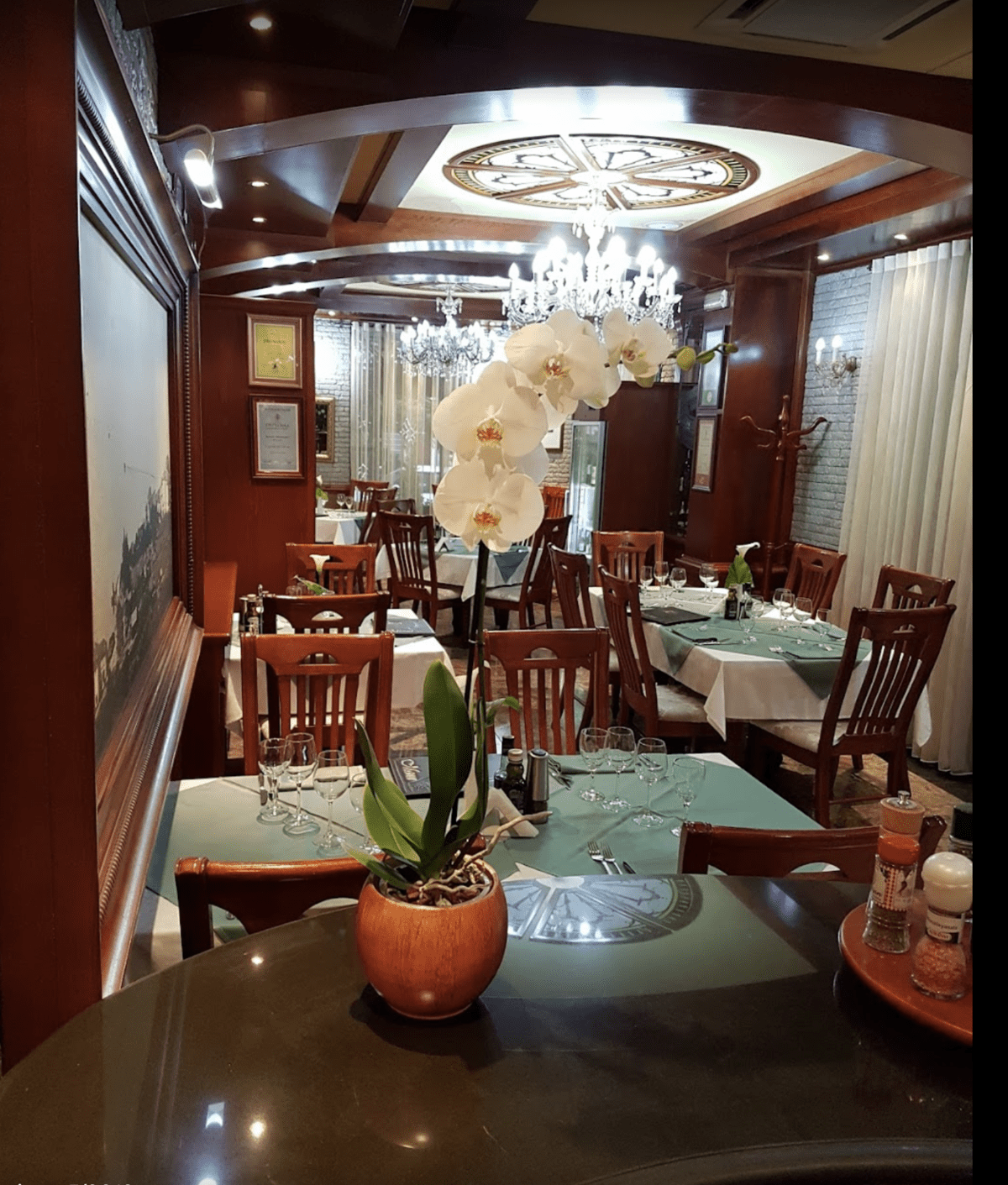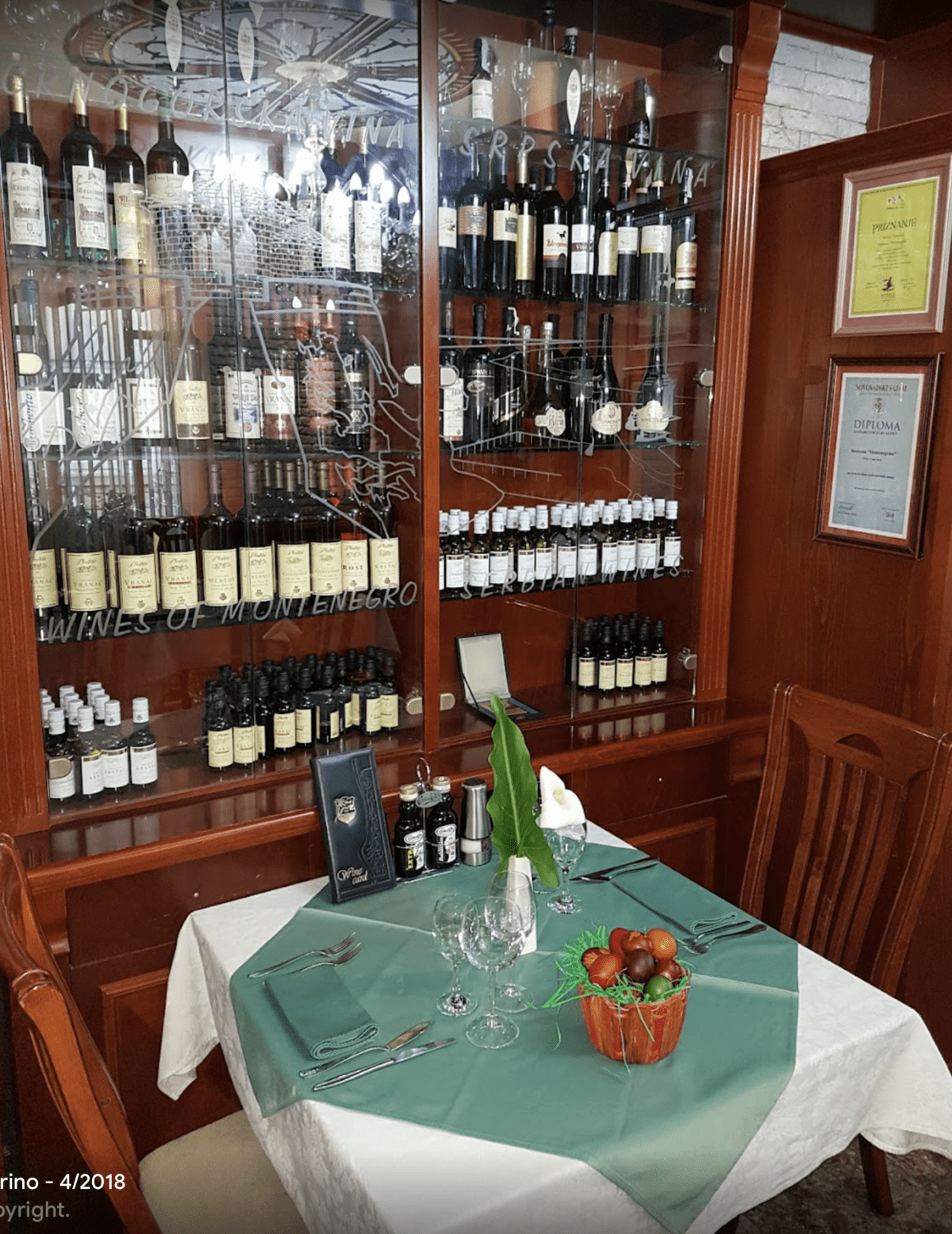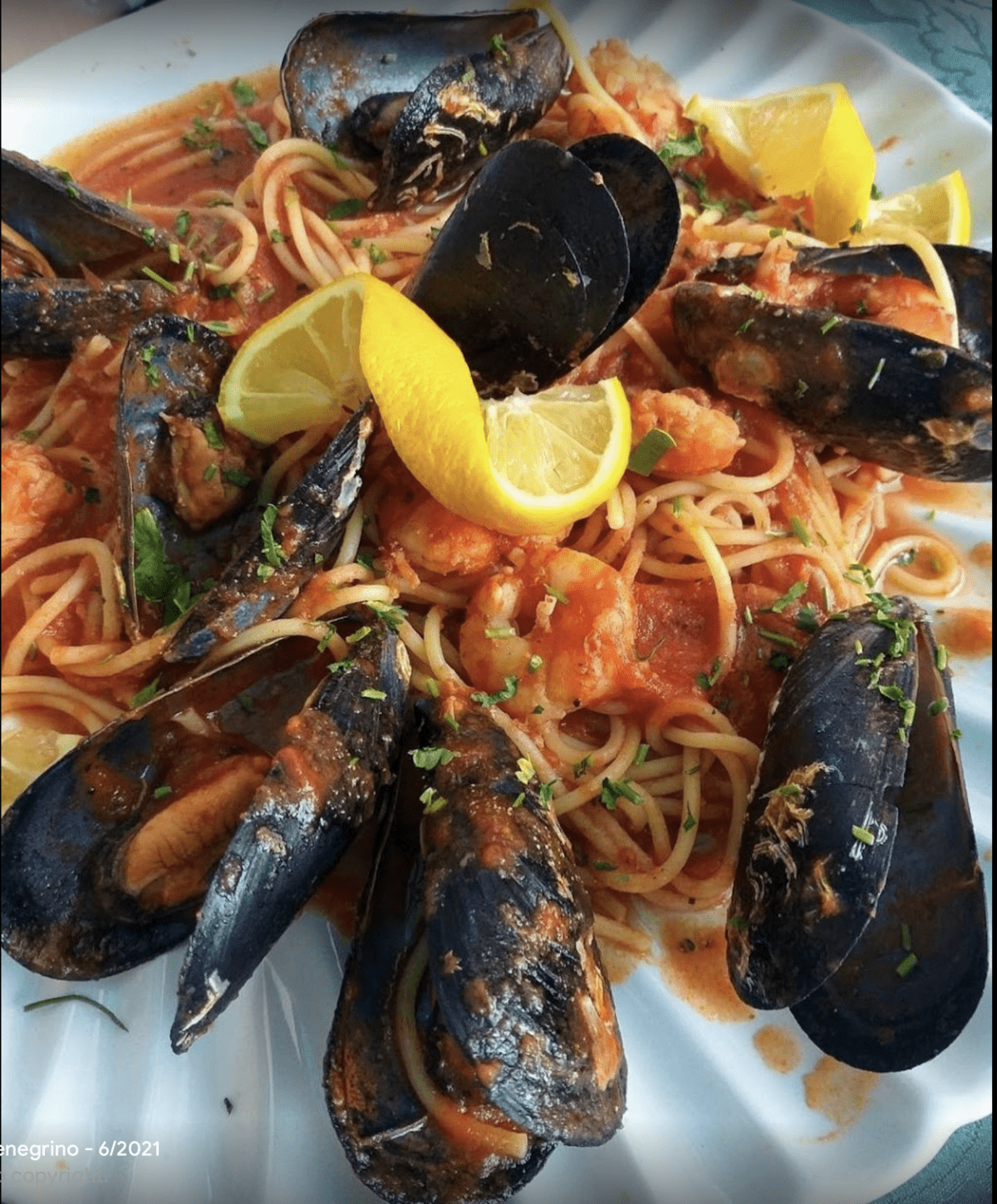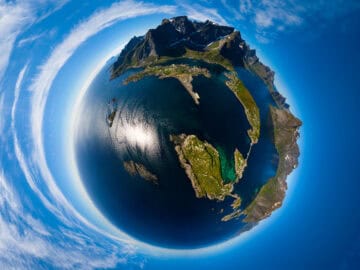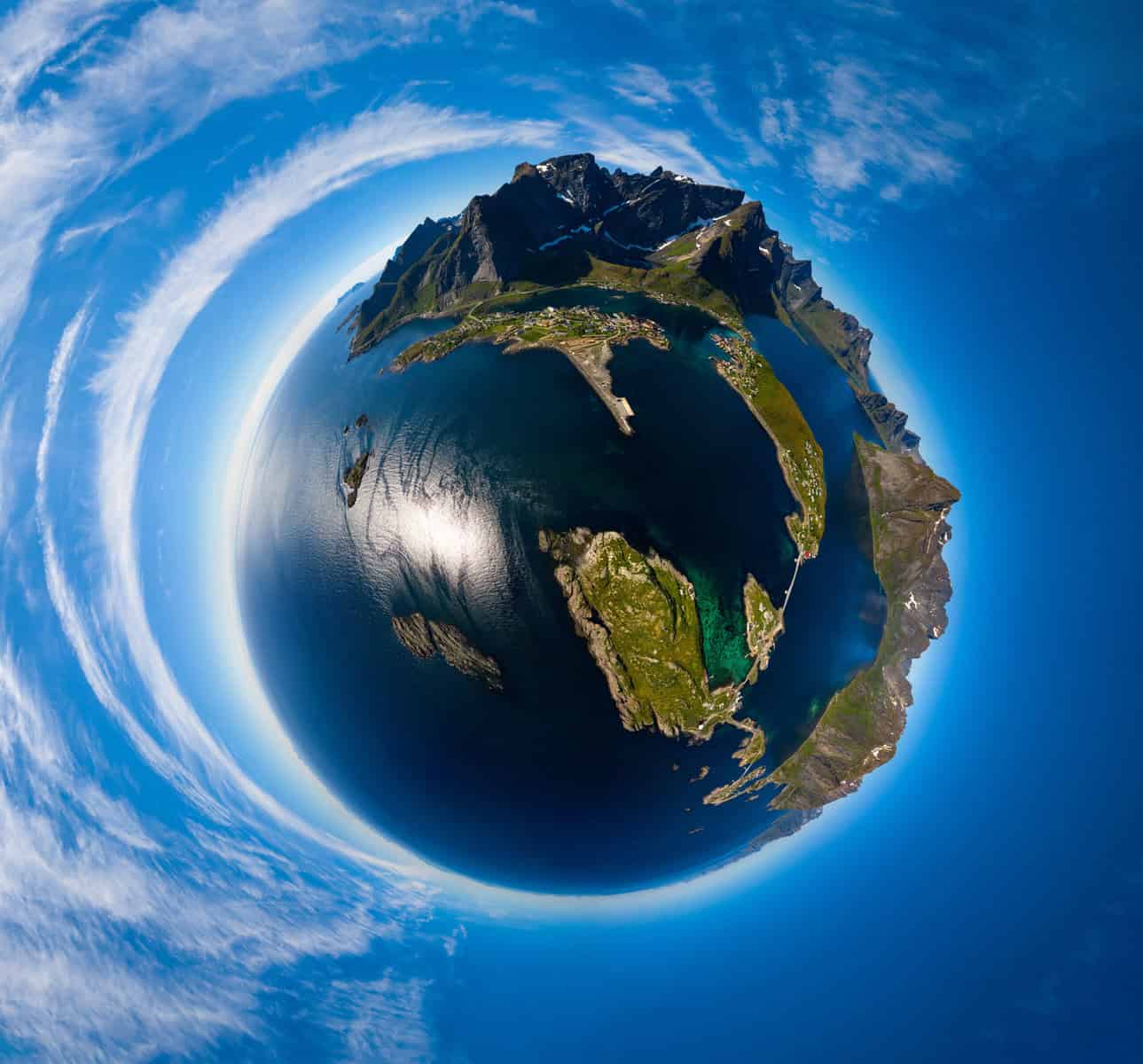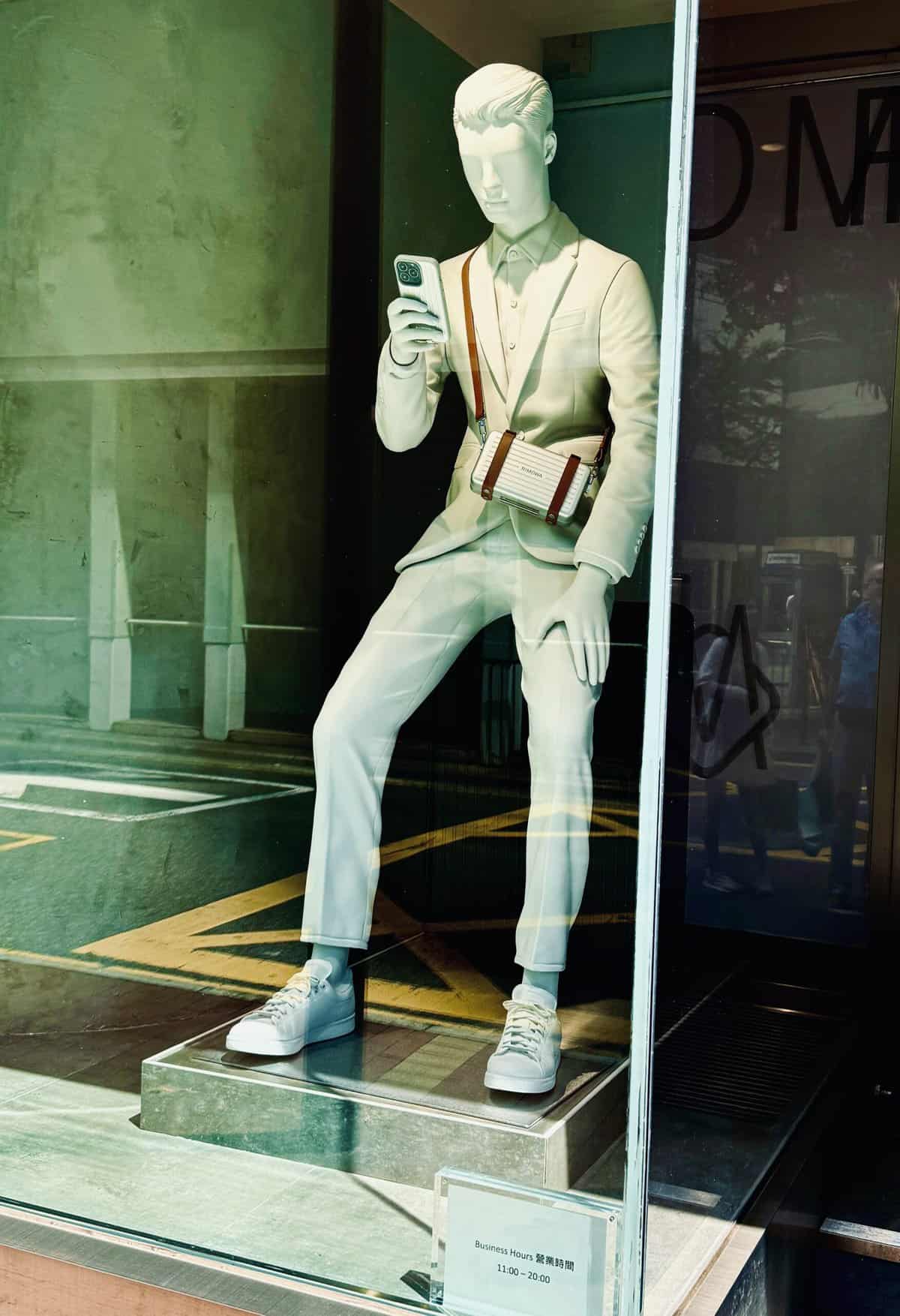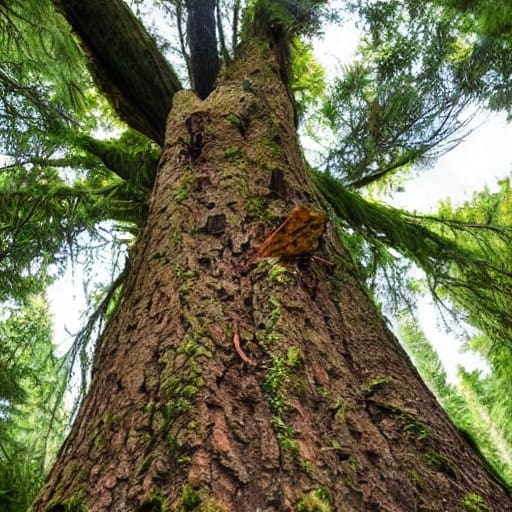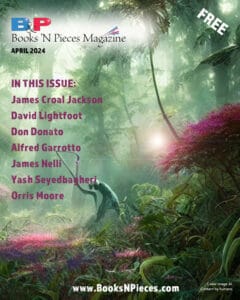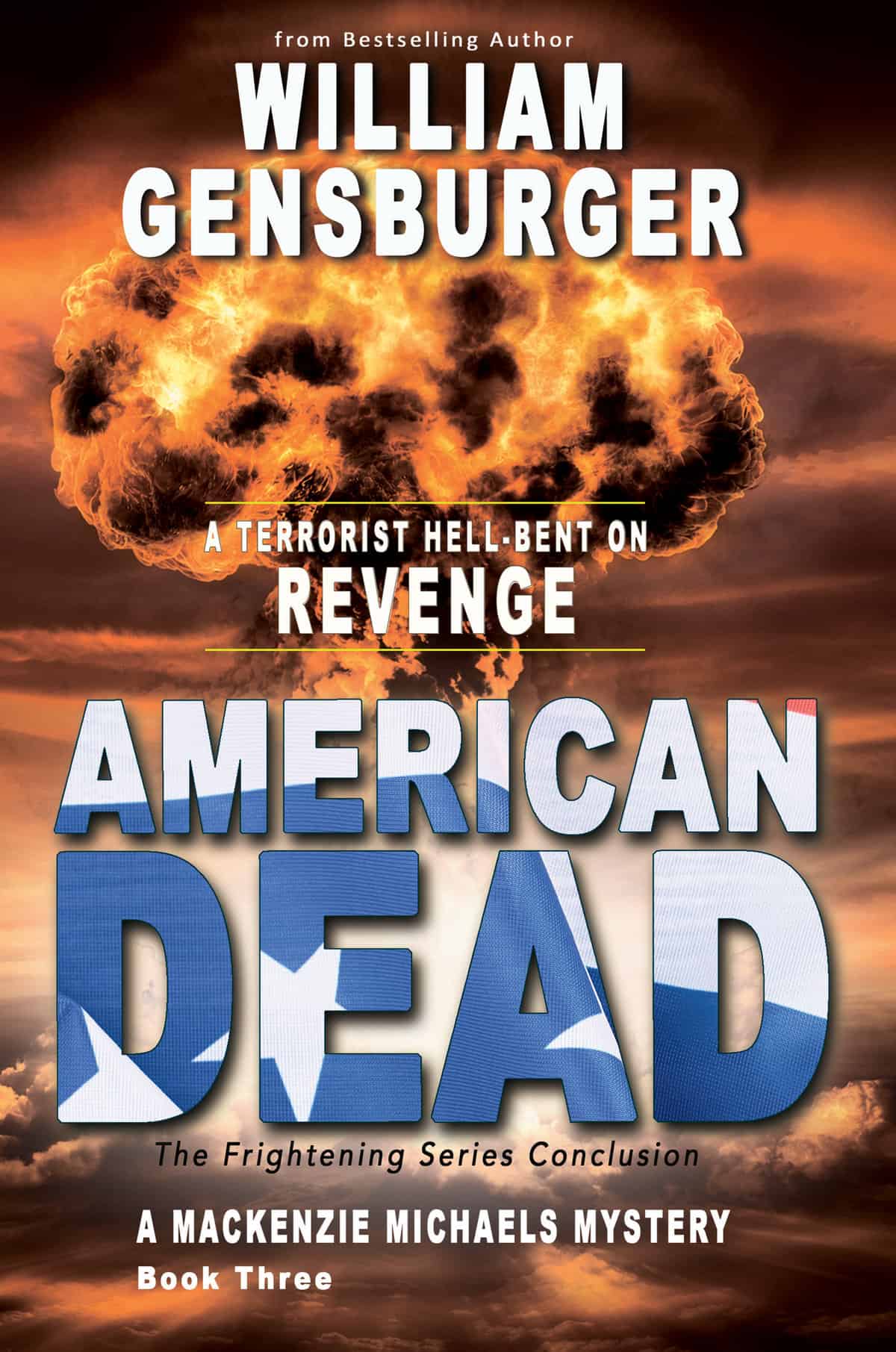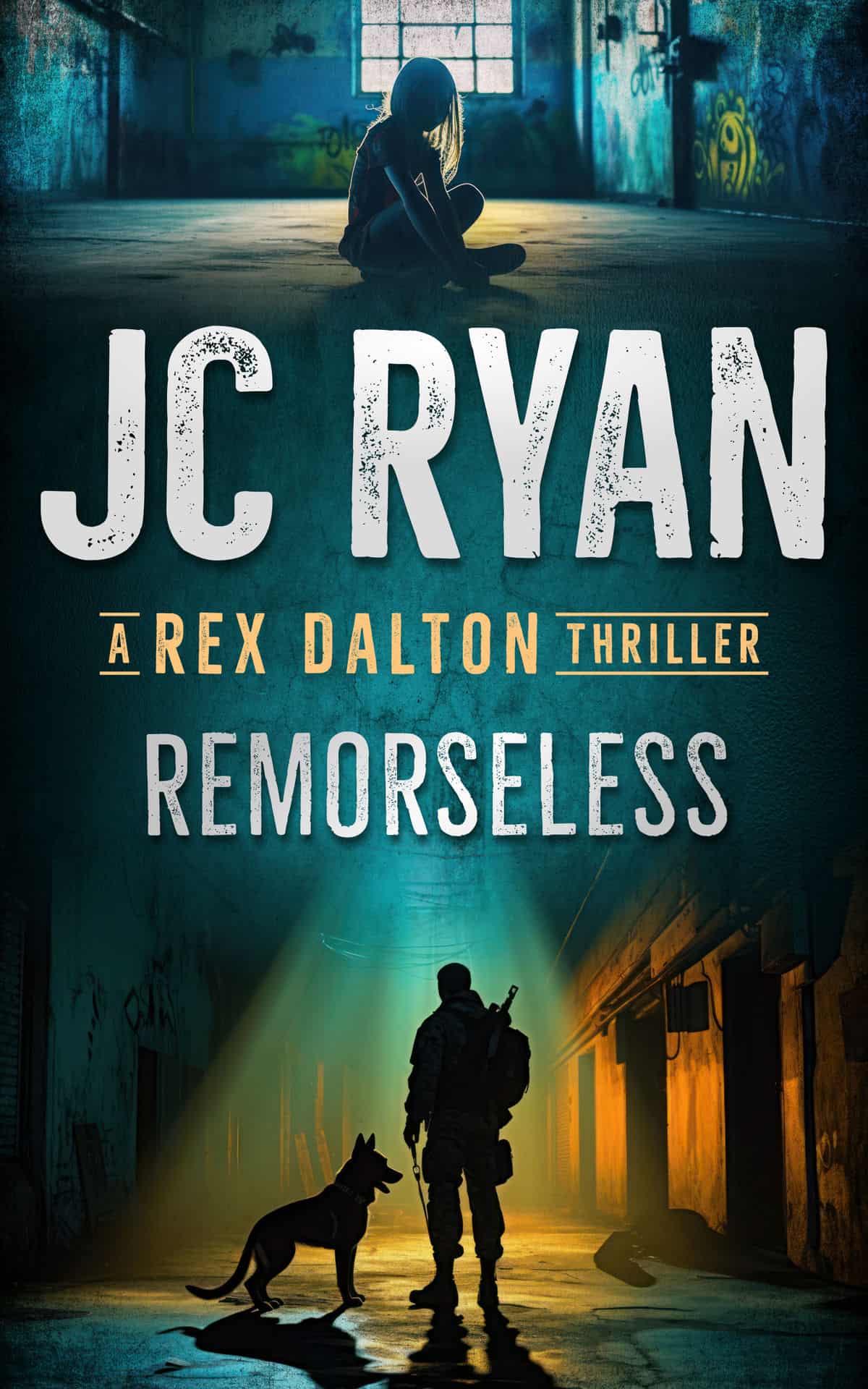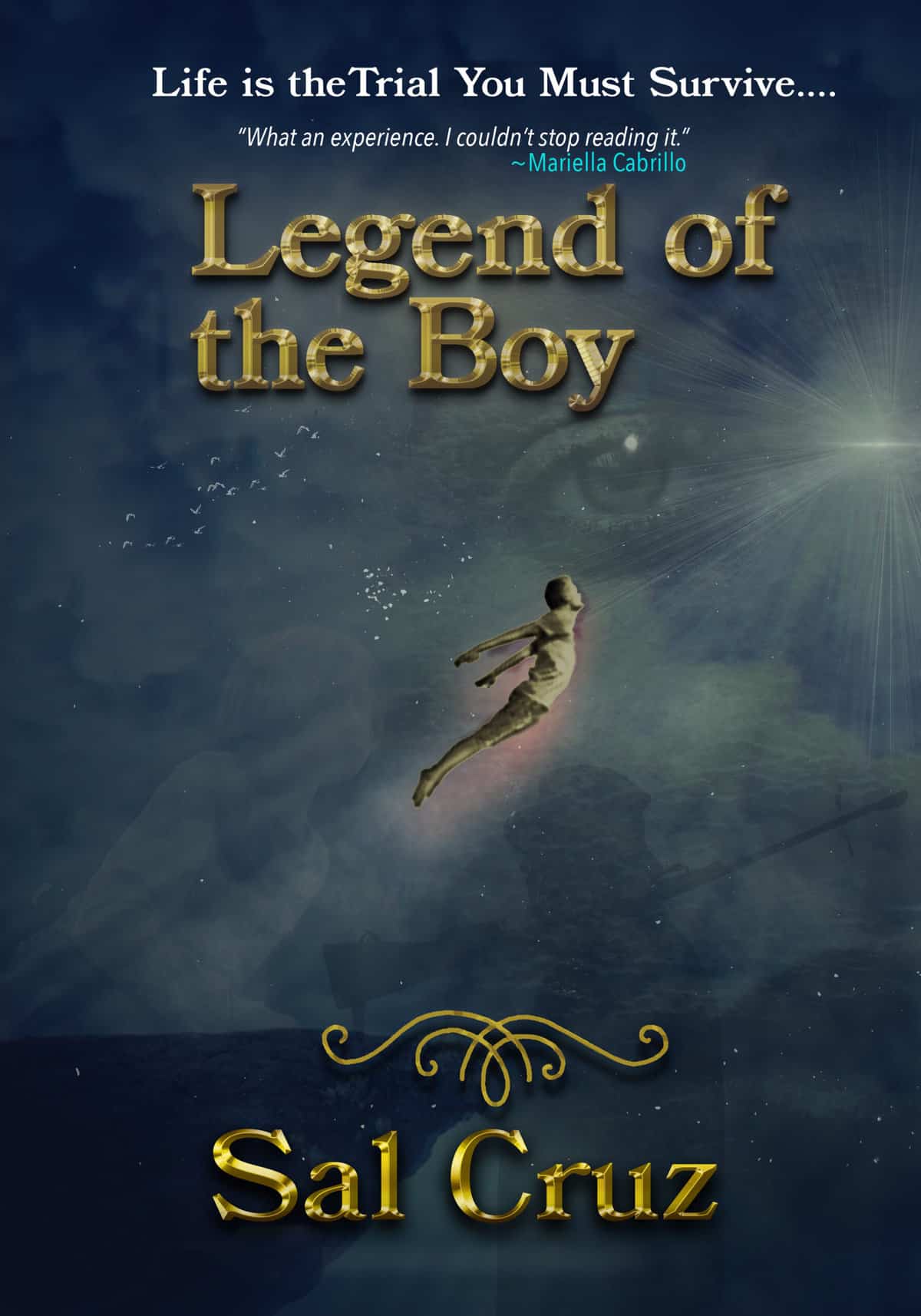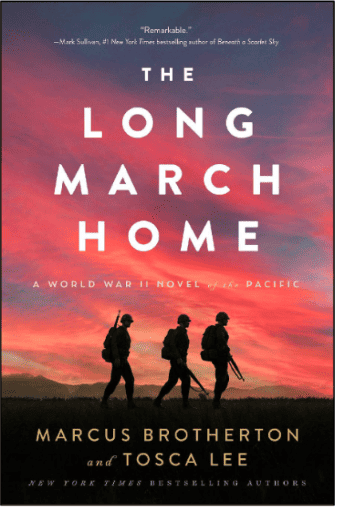The Power of Realistic Fiction:
My Dinner at the Hotel & Restaurant Montegrino, Tivat, Montenegro.
by William Gensburger
As a writer, I believe it is my job to convey as much reality as possible in the settings and characters of what I write. Often, however, I may have no experience of the setting in which I am writing. With the technology of the age is it possible to create a real and vivid setting, so real that locals could authenticate it? To answer that question I asked writers I know how they deal with reality if they have not been to a location. Here are some responses:
“Google is usually my first and main stop. I try to search as specific a term or name as possible, which, if one exists, will produce an official website. If it’s a town or city, I search for the chamber of commerce and tour companies (for larger cities), then for any blogs focusing on the location. If it’s a business, I almost always find a website that gives me what I need.” ~Anna J Stewart, www.authorannastewart.com
“I do web searches, local tourist information sites are often useful. TripAdvisor and other similar sites can sometimes have useful tidbits. Finally, Google Earth or other Online mapping/Streetview type sites, are very useful for seeing buildings and getting an impression of places close up. Realtor sites can also be good sources for specific buildings.” ~David M Kelly davidmkelly.com
“Google is usually my first stop. Then after I have exhausted all the links generated from that venue, I will check and see if anyone I know is from that particular area and ask them a few questions to get a better feel for the place. Given my travels around the U.S., there are very few places I haven’t personally been to so I can also draw on my own memories of the place and the people who live there.”
~Richard Paolinelli www.scifiscribe.com
“It depends on if I have personal experience of the place I am writing about or not. If not I try to use local sites of the town/city and follow up with Internet searches for clarification on locations, streets, stores etc. When I can physically visit that is the best option.”
~Mandy Barnett www.mandyevebarnett.com
Google seems an obvious choice, but like David M. Kelly, there are many more options to use such as TripAdvisor which offers reviews from tourists, Google Street which allows you to walk where you have never been. Realtor sites offer a look at properties and pricing. Anna J. Stewart’s suggestion of the Chamber of Commerce is also good as it allows more information, although geared to visitors rather than residents. Blogs are excellent because so many people like to publish all manner of personal information about their lives, including videos.
I want to know as much about a location (and even a profession) as I can before I write. I want to write from a place of knowledge and insight, not just facts, but as many sensory details as I can inject. As a writer, it helps me to believe what I am writing. This in turn adds a level of reality to the characters. And sometimes it has interesting side effects, such as when a character realizes a limitation caused by the very reality I have added.
For this example of this article, I have utilized Google, Google Streets (Google Earth), TripAdvisor, YouTube, Local newspapers translated, blogs where possible, and as many images as I could get.
I have decided to dine at the charismatic Hotel & Restaurant Montegrino, in the town of Tivat, Montenegro on the banks of the Bay of Kotor in the Mediterranean, a historic town encircled by Bosnia, Croatia, Serbia, and, across the Adriatic Sea, Italy.
I have never been to Montenegro. I got this much from a Google search and a Wikipedia article. I attach imagery and source links at the end of this article.
The hotel is a 3-story building with a green canopy above the street level and a hard to ignore neon sign, ‘Hotel’ in bright neon green, ‘Restaurant’ in fireman red, although rich with character as one of many buildings crammed along narrow streets. That came from Google Street View which allows you to travel in any road direction. You’ve likely seen the Google car with its periscope camera driving slowly through your own neighborhood.
While not the ritziest of hotels in the area, this one had a certain charm, subdued lighting, Tuscan yellow/orange colored walls, and lots of red reflecting off it from painted tables and chairs, to the colorful artwork adorning the walls. The restaurant inside seats 30, with tables with sage cotton tablecloths, sparkling wine glasses, and small tea lamps throwing splinters of lights off anything close by.
At one end is the bar, with two walls angled ninety degrees, and wrapping around one side, four rows of high glass shelves, and every alcohol bottle you can imagine. The area is densely packed, yet interesting to study. The counter below is cramped with varying objects from a dark wood Macanudo humidor, showing off the cigars within, a standing wine cooler, and another cooler filled with ice and seafood, fresh for the day.
The wait staff are all smiles, well-groomed men and women, some speaking Russian and English—the menus are also in English and Russian, and the clientele a wide range of ethnicity, all charmed together, chattering with the flamboyant hand gestures common to the region.
I order blue mussels, an Adriatic squid, grilled, along with a catfish that is dressed with thin shavings of green onion. I ask for a bottle of local wine, a red from the massive wine shelves on the other wall. Should I have ordered the national fish soup everyone raves about, the Chorbu, I ask the waiter. His name is Alexandre, or Alex as he tells me and he is in his early twenties, with short sandy brown hair slicked back, a tanned face, and a chiseled jaw reminiscent of a young James Bond. Alex smiles and tells me in perfect English that all the food is excellent and I can always return for a future meal.
On the subject of James Bond, the film ‘Casino Royale’ was filmed in Montenegro back in 2006, although in the town of Budva using the Hotel Splendies. The Casino exterior was actually the local spa building, its style suiting the image of the grand casino. So much for reality.
The food arrives, spaced neatly on the table and the presentation is simple yet appealing. The mussels are of medium size, the sauce lapping at the shells like the tide slowly ebbing inwards. I open the shell and remove the flesh with the small fork, immediately tasting it, the salty flavor mixed with the rich butter sauce. Fresh. I take the wine glass holding it up, looking for marks or fingerprints, all too common in American restaurants, but the glass is flawless and clear. I swirl the red wine a few times, sniff at it pretentiously, then take a large sip, allowing the flavor of berries and a peaty woody flavor to linger before swallowing. I see Alex watching from a table away and nod my approval.
The squid, my favorite, is lightly seared with a white wine sauce and slivers of portobello mushrooms on the side. It is not chewy at all, a wonderful combination of texture and flavor. And finally, I taste the catfish, also lightly grilled and covered with thin slices of fresh green onions, all atop a garlic-butter sauce. The fish falls apart as I try to lift it, the pieces I manage to get in my mouth melting.
The food is served on larger platters, enamel blue, but these are slightly chipped, a complaint that I had read on TravelAdvisor, a good source of reviews from people who have eaten here and, in fact, have eaten the very meal I am writing about. From their words, I have taken and added other elements of reality, the soft Italian music playing in the background, the occasional honking of the truck horns as they attempt to get the tourists on the street outside to move off the road.
This meal will cost me 75 Euros which considering the quantity of food and the bottle of wine is a steal. At least that’s the general consensus of the tourists for whom I am playing avatar. Like them, I will have Alex call me a cab to take me to the airport when I am done.
Did I mention that Anna and Alex (a different Alex) were married here in May of 2021. She’s Russian and he’s from Mexico. The wedding cost 800 Euros. Their website, where I discovered them, offered some details.
ARE YOU HUNGRY YET?
I hope that this shows the depth of reality that can be injected into a scene to bring it to life. As a writer I believe it is my job to convince you of that reality, to validate the rest of the story and the characters so that you can escape here, even if you are stuck at home, on your couch in an American suburb, a glass of Cabernet in hand, devouring the novel.
YouTube is filled with user-submitted videos covering almost every topic in every locale. With video, you can hear and see things that may not be shown in advertising or website sources.
One other element that I have also found to be useful. Generate your characters into real people using an AI facial generator. You can find one at https://generated.photos/faces. There is something about seeing your characters alive.
I hope you found this article useful and fun. I also hope you are not now hungry or wishing to hop on a plane for a visit, but if you are, take solace in the fact that I, too, am compelled.
My thanks to the authors who replied to my question at the start of this article, and also to Mickey Mikkelson, Publicist at Creative Edge Publicity for his assistance.
William Gensburger is a triple award-winning, bestselling author of “Texas Dead,” “Angle of Death,” and “Distant Rumors:16 stories of life and death.” He also works with new writers and is the publisher of Books & Pieces Magazine. Reach him at William (at) BooksNPieces.com



